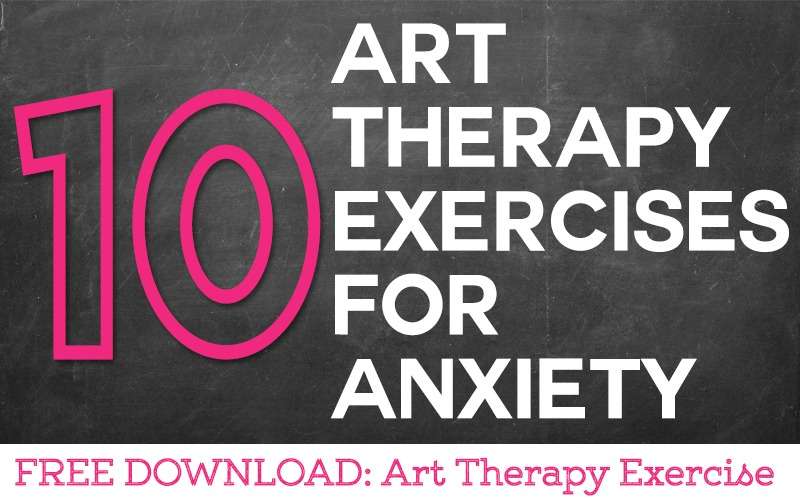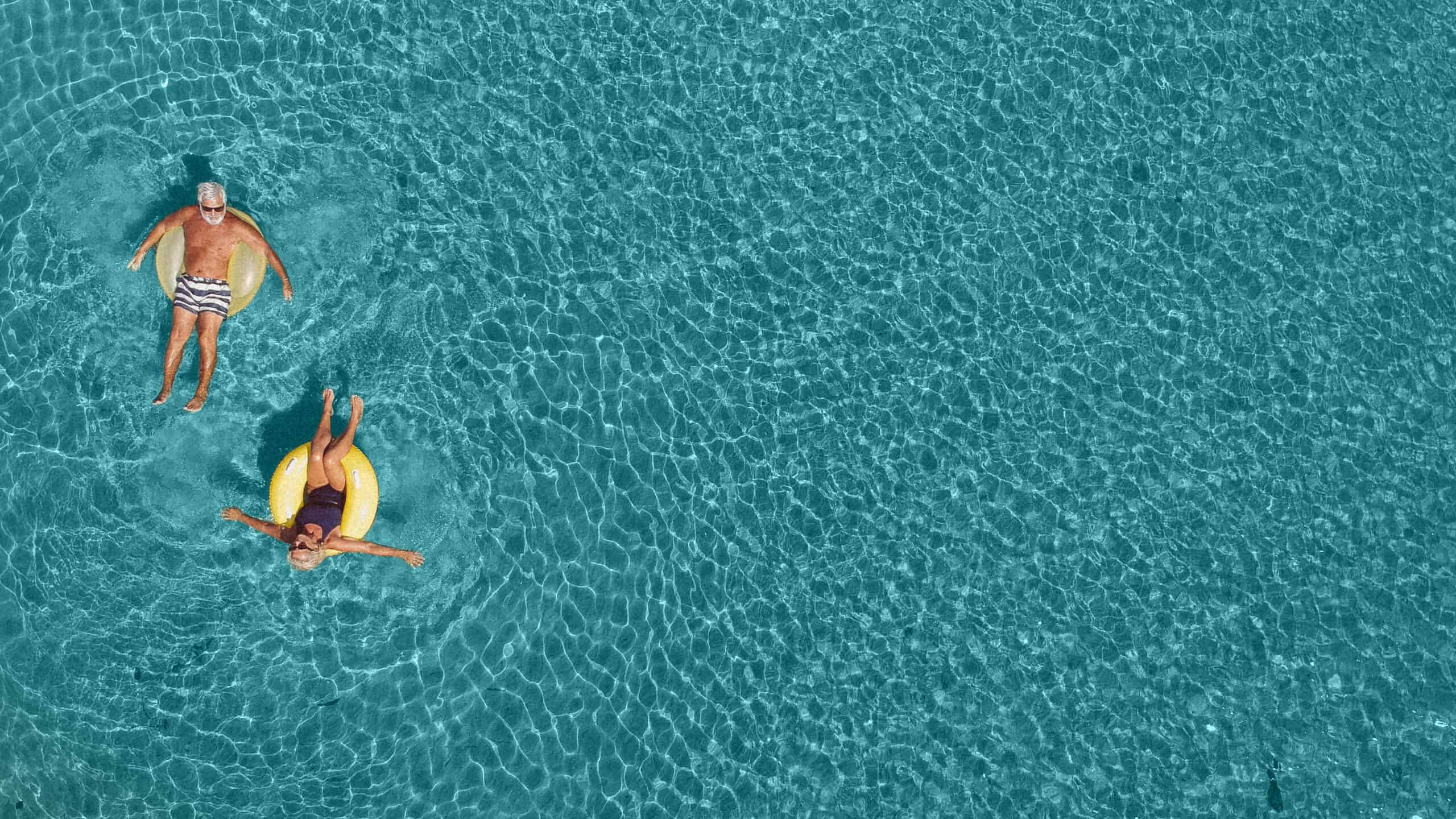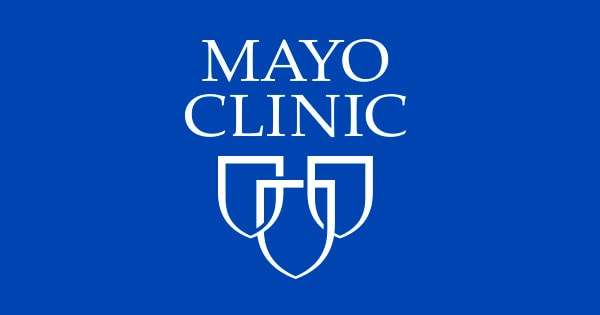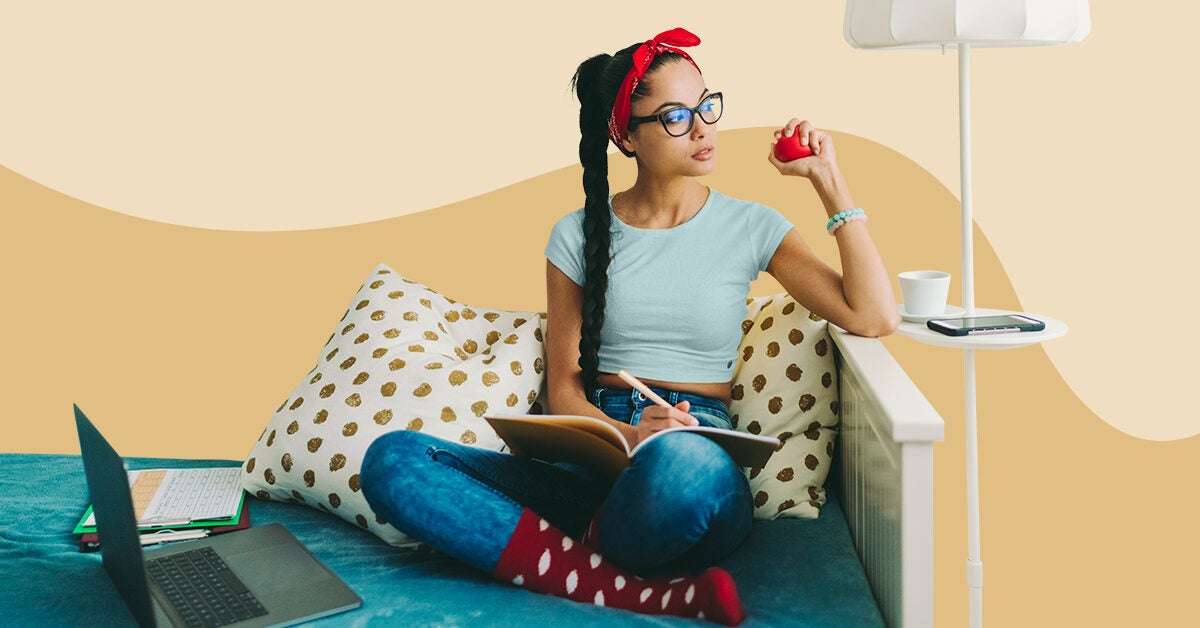1. MIND BODY CONNECTION
The mind and body are closely connected and can influence each other in a feedback loop whereby the mind creates feelings of tension in the body, and heightened feelings in the body leads to overthinking in the mind.
In this exercise, ask your client to use a pencil or pen to draw the outline of a body. Before your client draws the body outline, ask them to take a minute to reflect on physical feelings in their own body in this moment and consider if their body is feeling any tension, pain or discomfort in any areas.
Incorporate the knowledge of these physical feelings when drawing the body outline.

———————————————————————————————————-
2. 1 MINUTE BRAIN DUMP
Ask your client to draw a large circle to represent a thought bubble. Inside the thought bubble, ask your client to draw or write words to brain dump all of the issues they are currently feeling anxious about. Do this exercise in a minute. Using a shortened time frame will help your client “dump” their worries and reduce the possibility of rationalising or minimizing their feelings of anxiety.

———————————————————————————————————-
3. MIND MAP ANXIETY
Explain to your client the concept of mind mapping. Ask your client to then create a mind map focusing on one current pervasive issue that is causing anxiety at this time. As part of the mind map, label the components that contribute to the anxiety. Some examples of labels to consider in the mind map:
Some examples of labels to consider in the mind map:
- What triggers the initial situation
- Emotional feelings
- Physical feelings
- Negative thoughts
- Interpersonal interactions
- Calming techniques
Each label may be represented multiple times.
———————————————————————————————————-
4. GRATITUDE JOURNALING
Ask your client to use journaling as a method of exploring gratitude within their life. This exercise can be done generally by exploring all facets of your client’s life or it can be done with a specific focus on a situation that is causing your client anxiety. For eg. If a situation at work is causing anxiety, the gratitude journaling could focus on things to be grateful about in their employment outside of the stressful situation that exists, ie helpful colleagues, good pay, interesting work etc.
———————————————————————————————————-
5. VISUAL STARTER
Reduce your client’s anxiety about creating art by providing a visual starter to help loosen them up. Use the download provided as a stimulus to create an artwork. A number of prompts are provided in the download. You can use each prompt to create various individual artworks or use all of the prompts for a larger artwork.
———————————————————————————————————-
6. WORRY CLOUD
Ask your client to draw a cloud where all of their worries can be placed inside. Your client can then transform their drawing to show their worry cloud being blown away by the wind. As clouds also reshape, your client can use this metaphor as a process of reshaping their own worries.
———————————————————————————————————-
7. COMFORT CASTLE
Ask your client to create their own castle of comfort. The castle can have many levels that contain many of the personal comforts your client has. Your client can use this comfort castle as a process of implementing coping strategies to deal with anxious feelings that arise.
———————————————————————————————————-
8. MANDALA
Introduce your client to mandala drawing. This ancient art form helps with feelings of anxiety as they require focused attention to create the patterns. The repetition of patterns and rhythmic movements help to reduce heightened emotions.
Research suggests (Can Coloring Mandalas Reduce Anxiety?) that “structured coloring of a reasonably complex geometric pattern may induce a meditative state that benefits individuals suffering from anxiety.”
A replication study ( Can Coloring Mandalas Reduce Anxiety? A Replication Study ) also supports the hypothesis that colouring a mandala reduces anxiety.


———————————————————————————————————-
9. CREATE PATTERNS
Similiar to mandala’s, you can introduce your client to creating their own patterns. An artform called Zentangle has emerged in recent years which falls under this category of pattern drawing. Zentangles are miniature pieces of abstract patterns that are defined as “artistic meditation” through the process of focused attention in creating the patterns.
Watch this video for an example of creating patterns.
———————————————————————————————————-
10. AFFIRMATION CARD
Ask your client to create an affirmation card or series of cards that they can carry in their purse or wallet. At any time they feel anxious they can look at the affirmation card and reflect on the affirmation to help them deal with their anxious feelings.
Examples include:
- This too shall pass
- Breathe calmly
- I am calm
- I live in peace
- The future is good
- I am free
- I am not in danger, just uncomfortable
- This will become easier
- I have control over my thoughts
- STOP!
- Find gratitude for 3 things
Drawing can be an act of self-care — releasing stress, boosting creativity, and promoting mindfulness.

Share on Pinterest
JasonDoiy/Getty Images
Drawing therapy, while not an official name, is essentially drawing as a form of coping and self-care.
Many believe that art (and other forms of creativity) can be healing. Drawing — and other forms of art — can help you release stress and anxiety.
You can draw at home to boost your imagination and creativity, be more mindful and grounded, and relieve anxious thoughts. You can also work with an art therapist to help you manage mental health conditions or trauma.
What is art therapy?
The phrase “art therapy” is often thrown around to describe art as therapy, but there’s also a type of psychotherapy called art therapy.
According to the Art Therapy Credentials Board, Inc. (ATCB), “art therapy uses art media, the creative process, and the resulting artwork as a therapeutic and healing process.”
Anyone can use art as a form of self-care, mindfulness practice, or a way to cope with stress. But in art therapy, you’re typically working with a trained mental health professional to manage symptoms and conditions — often working on issues that are harder to express in words, like trauma.
Essentially, art therapy is art plus psychotherapy.
Benefits of art therapy
A lot of research of varying quality and size has explored the benefits of art and art therapy for mental health.
In a 2010 research review, researchers said that engaging in art had noteworthy positive benefits on health. When doing art, you’re exercising your creativity and imagination, which can help you find your identity and capacity to heal.
According to the ATCB, art therapy can benefit people by helping them:
- explore their feelings
- handle conflicts
- lower anxiety levels
- improve self-esteem and self-awareness
- boost social skills
Experts have also noted that creative art therapy can help with the burden of physical and mental health symptoms, and help you adapt in stressful situations.
Lots of research has shown potential benefits, including:
- A 2018 study found students had more mindfulness and less test anxiety, whether coloring or free drawing.
- A small 2020 study in 60 undergrad students reported that whether they were assigned to draw a design, color a design, or draw to express negative thoughts, students’ anxiety decreased, along with their heart rate.
- A 2019 trial suggests 10 to 12 sessions of art therapy lowered anxiety and improved quality of life in women diagnosed with anxiety disorders.
It’s important to note that most research does study art therapy — art activities under the guidance of a mental health professional. Still, you can find many personal benefits from doing art on your own.
‘Stress drawing’ for stress relief
With the amount of possible things you can do to relieve stress and prioritize self-care, you might wonder: Why choose drawing?
- It’s accessible. You really only need some blank paper and a pencil. Unless you want to get fancy, it’s affordable, and you can do it from anywhere.
- It’s flexible. You can do it alone or with friends, virtually, or in person.
- It’s good for everyone. All ages and identities are welcome.
- You don’t need to be an artist. You might think some skill at drawing is necessary, but that’s not true at all. It’s about the process of drawing, not the art produced.
You may find that drawing helps you express yourself, grounds you, or just distracts you from ruminating thoughts.
How to use art and drawing as therapy
If you’re ready to draw to relieve stress or connect with your creativity, here are some ways to start:
- Prepare. Grab your supplies, whatever that may be. You don’t need to go shopping — you can use any supplies you already have lying around. You can start with a blank piece of paper, plus any pens, pencils, or markers.
- Find your space. Sit down in a space where you can (hopefully) have at least 20 minutes to yourself. Consider sitting down with a glass of water (or bonus: a calming tea!) and sitting comfortably.
- Set your timer and breathe. You can set a timer for 20 to 60 minutes, though you may want to start with 20 and work your way up. If you want to add some mindfulness, once you hit start, begin with a few deep breaths (5 or 10) to ground yourself in the moment.
- Draw. Try to be present while you draw, and remember: There’s no judgment here. You can scribble circles for 20 minutes if you want — it doesn’t need to be museum-worthy.
7 art therapy techniques
The content of what you draw doesn’t really matter if it brings you joy or a moment of release. If you’re still not sure where to get started, here are a few options you can try at home.
1. Scribbling
Some people flourish with a blank canvas, while others may find the possibilities too overwhelming.
You might want to start with a blank piece of paper and see what happens. Try scribbling to your heart’s desire.
Just remember that you don’t have to create something beautiful. Think of it like stream of consciousness, but with shapes, squiggles, and words.
2. Drawing shapes
If scribbling without direction just doesn’t work for you, you could set yourself some shapes. You could draw tons of tiny circles in a large square, lines, or a mix of shapes like creating your own game of Tetris art.
Whatever shape (pun intended) your drawing takes, let it.
3. Drawing prompts
Whether you’re a professional artist or only have a #2 pencil, there are thousands of prompts online to give you some inspiration to draw.
Here are just a few that you can try:
- Drawing designs that resonate with you, like your favorite animal, flower, or memento.
- Drawing at least 10 things that symbolize or express what you’re grateful for. (Bonus: Gratitude can also help boost your mood.)
- Drawing what you see from where you sit — the surface, what you’re drawing with, the window, the decor.
- Drawing to express what you’re feeling right now. Sketching out your negative thoughts or stress about a situation are two good examples. You can even split the time between opposites by drawing negative thoughts for 10 minutes and then logical, positive ones for another 10 minutes.
4. Mandalas
Mandala drawing has a long history, but made its way into psychology with Carl Jung, founder of analytical psychology.
Mandalas are spiritual symbols, often in a circle with geometric shapes. The complexity of the patterns and repetition can promote mindfulness.
In a 2020 study, researchers concluded that mandala drawing could reduce negative emotions and improve spirituality. And according to a small study in 2005, coloring a mandala was shown to reduce anxiety much more than coloring other designs or on a blank page.
You might want to color pre-drawn mandalas, or create your own (and then color them!). This can be a meditative act as well as a creative one.
You can search “mandala drawing prompts” for hundreds of ideas, or start here.
5. Sketching
If you’re done with shapes but are adamant that you can’t freehand, sketching might be a great option to try.
Sketching involves tracing images, often done with a lighter tracing paper placed on top of whatever you want to draw. You can sketch mandalas, magazines, photos — the limit doesn’t exist.
Consider coloring your sketch afterward for continued creativity.
6. Coloring
While some may argue that coloring is not drawing, art is art. Also, a lot of the research on art therapy involves coloring activities, so it can grant us the same stress relief without the need to draw something from scratch.
Coloring options are abundant, with pages you can print online and numerous adult coloring books. You could also color your own drawings, or add color to your drawings with colored markers, ink, or pencils.
7. Mixing mediums
Drawing is one of the most accessible types of art therapies, but you don’t have to stop with a pen or pencil. If you’ve got the supplies lying around or feel like you want to express yourself in more than one way, you can mix art mediums.
Consider:
- adding paints, crayons, colored markers, etc.
- creating a collage with your drawing by gluing pictures or magazine clippings to it
- writing around your drawings (like things you’re grateful for, for instance)
You can also add the benefits of music by playing something soothing or your favorite songs while you draw.
Let’s recap
Including more art in your life can be as easy as grabbing a pencil and paper.
Still, if you feel like you’d benefit from true art therapy, you can find an art therapist via the American Art Therapy Association’s art therapist locator or the Art Therapy Credentials Board (ATCB)’s art therapist search.
If they’re certified through the ATCB, they’ll typically have the credentials ATR (registered art therapist) or ATCS (art therapy credentialed supervisor).



